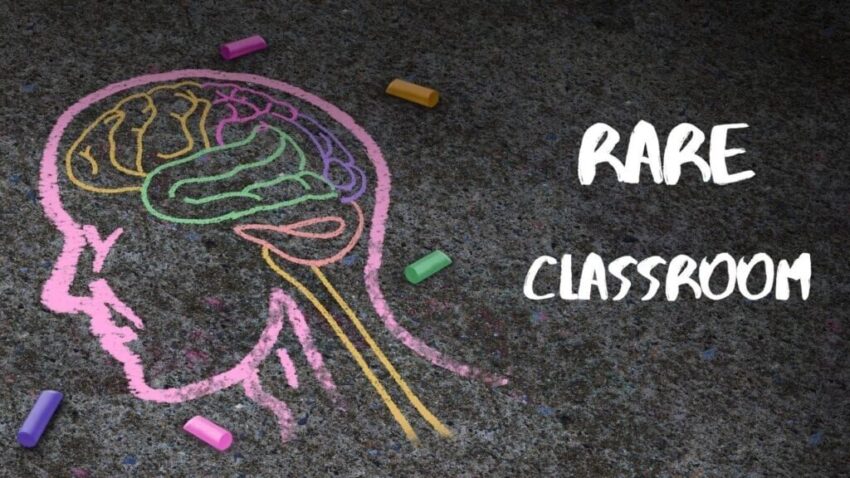Welcome to the Rare Classroom, a new series from Patient Worthy. Rare Classroom is designed for the curious reader who wants to get informed on some of the rarest, most mysterious diseases and conditions. There are thousands of rare diseases out there, but only a very small number of them have viable treatments and regularly make the news. This series is an opportunity to learn the basics about some of the diseases that almost no one hears much about or that we otherwise haven’t been able to report on very often.
Eyes front and ears open. Class is now in session.
The disease that we will be learning about today is:
Spinocerebellar Ataxia
What is Spinocerebellar Ataxia?
- Spinocerebellar ataxia is a progressive, degenerative, genetic disease
- People of all ages can be impacted by the disease
- There are many different types of spinocerebellar ataxia, many of which could be regarded as its own neurological illness
- These diseases are characterized by ataxia, or a loss of gait coordination
- Around 150,000 people in the US live with some form of spinocerebellar ataxia at a given time
How Do You Get It?
- The various types of spinocerebellar ataxia are distinguished by which gene mutation causes the disorder
- There are both autosomal dominant, X-linked, and autosomal recessive forms of the disease
- Some types are defined by repeat expansion of the trinucleotide sequence CAG which lengthens when passed down, resulting in a progressively worse presentation of symptom and earlier age of onset
What Are the Symptoms?
- Symptoms can vary depending on the individual case and the type of spinocerebellar ataxia
- However, common symptoms include:
- Loss of gait and coordination control
- Loss of speech
- Loss of hand coordination
- Loss of control of eye movements
- Chorea
- Parkinsonism
- Seizures
- Peripheral neuropathy
- Vision problems
- Cognitive impairments (generally uncommon, most patients retain cognitive capacities but experience physical decline)
- Pyramidalism
How Is It Treated?
- Spinocerebellar ataxia is often fatal, and there is no known cure or disease-altering treatment
- Most treatment approaches are used to relieve symptoms, but these cannot slow or halt the progression of the disease
- Some experimental therapies are under evaluation for the disease, such as n-acetyl-leucine
- Physical therapy and occupational therapy appear to benefit some patients in helping maintain functionality and independence
Where Can I Learn More???
- Check out our cornerstone on this disease here.
- Learn more from the National Ataxia Foundation.



